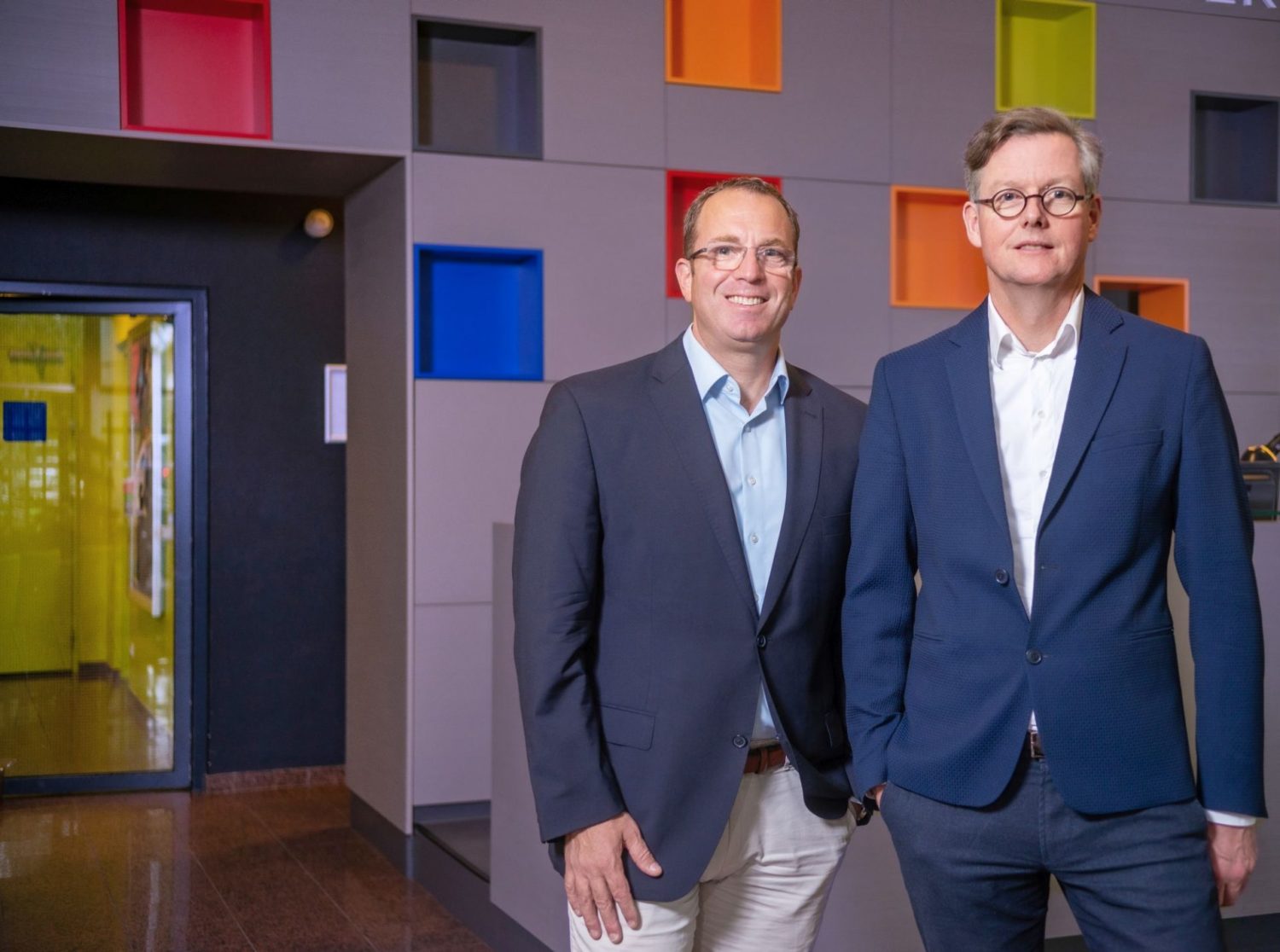Developing a new drug costs an average of 1.2 billion euros. Moreover, it can take up to more than a decade before a new drug finally reaches the market. TRACER is changing this.
TRACER visualizes the effects of potential drugs in humans early in the drug development process. The company does this through innovative molecular imaging techniques, also known as molecular imaging. Customers can thus generate rapid strategic decisions based on accurate imaging data of drug action. The result? Time and cost savings (up to 50%) because only the most efficient drugs are further developed for the market.
The beginning
The passion for molecular imaging originated with Go van Dam, CEO of TRACER, when he attended the National Institutes of Health's World Molecular Imaging conference in Boston during his training as a surgeon. Harvard University professor Weissleder, a pioneer in molecular imaging, was the first to present revolutionary molecular imaging techniques there. At the time, these techniques were intended to improve scientific research with laboratory animals by making diseases visible. From then on, Go already believed in the applicability of this imaging in humans.
Authority
As a surgeon oncologist, Go saw a great advantage to using molecular imaging techniques during surgery for cancer. For example, by brightly fluorescently illuminating tumors during surgery, a surgeon knows exactly what should and should not be excised and whether or not there are metastases in the surgical area. Now, a few decades later, he has emerged as an internationally recognized pioneer and authority on clinical fluorescent imaging.
Final breakthrough
In 2007, Go, along with a group from TU in Munich, applied fluorescent imaging for the first time to a patient with ovarian cancer. And it worked! "That was one of the most emotional moments of my career," he says. A few years later, a publication in Nature Medicine provided a definitive breakthrough. But how exactly does fluorescent imaging work? 'With ultra-sensitive cameras and the administration of luminescent tumor-specific contrast agents, called tracking agents, cancer cells can be made very clearly visible,' Go explains. 'Because the malignant cells light up, the surgeon can see where the cancer is during surgery. Normally, tumor cells are often difficult to distinguish from healthy cells. Fluorescent imaging, however, provides visual certainty.'
Fluorescence outside the OR
In recent years, interest and attention in cameras and light-emitting tracking devices also increased rapidly outside the doors of the OR. Within the medical and pharmaceutical industry, to be precise. 'Because you can also make drugs luminescent, so that you can see them back in the human body and thus know faster whether a drug in development is going to work well or not,' Go clarified. So in early 2018, he decided to stop working as a surgeon in surgical oncology. Together with Ari Aminetzah, he founded TRACER in Groningen to support pharmaceutical companies with drug development through molecular imaging. In addition to initial testing phases, TRACER also provides the full clinical pathway from phase 1 to 3.
Quick go/no-go decisions
For pharmaceutical companies, being able to predict the effectiveness and side effects of a potential drug at an early stage is very important. 'Often between eight and 12 different molecules need to be studied to eventually arrive at a single drug,' Go emphasizes. 'We can indicate at an early stage, at the microscopic level, which of the molecules is most likely to end up where it should work in the human body. With this data, pharmaceutical companies can make quick so-called go/no-go decisions that ensure that only efficient molecules are developed further, saving millions of dollars.' TRACER not only saves pharmaceutical companies money, but also time. By generating imaging data on drug action in humans at an early stage of clinical translation, large and unnecessary animal studies can often be skipped.
Project Management
Ari Aminetzah is chief business officer of TRACER. For the past 27 years, he has been active in numerous Life Sciences companies, at home and abroad. As a director, but mostly as an entrepreneur. 'At its core, TRACER delivers top-notch project management and rapidly generates accurate data that helps our clients make better decisions,' he says. 'Suppose a client has a promising drug for colon cancer. TRACER then makes sure everything is clinically tested, verified and prepared. We do that in close cooperation with our subcontractors. We manage the entire project from A to Z. Ultimately, that also results in a complete report with which clients, such as large pharmaceutical companies, can build up their file.'
Appealing client portfolio
TRACER can look back on a promising start and is well on its way to making an international name for itself. The company already has an attractive customer portfolio. Everything indicates that it will not stop there. 'Things are indeed moving at lightning speed,' Go says. 'Our technology shows time and again that the current drug development process can be set up many times more efficiently. That ultimately benefits not only patients but also healthcare in general.'
'More than valuable addition'
The Life Science sector, including around the theme of Healthy Ageing, has a strong presence in the Northern Netherlands. Its impact on the regional economy is large and continues to grow. 'As part of the Healthy Ageing Campus in Groningen, TRACER can contribute significantly to this,' says Jens Ruesink, Investment Manager of the NOM. 'The company is a more than valuable addition to the regional ecosystem. For example, it works closely with subcontractors mainly from the Northern Netherlands. Think of parties like Syncom, PRA, the Martini Hospital and the UMCG. And it is precisely this mutual interaction that makes the sector even stronger than it already is. Currently, for example, TRACER and the UMCG have joined forces to help accelerate the drug development of Covid-19 treatments and vaccines. It is great to see that our Life Science sector can play a significant role in this as well, thanks in part to TRACER.
